You are seeing scope artifacts. There are certainly spikes in the circuit when it switches. Some of these are probably getting onto your ground and turning into common mode noise. The scope is ground-referenced to real ground. Some of the high frequencies in the common mode signal end up looking like differential signals to the scope.
Careful placement of the scope probe ground clip will help reduce the spikes. Try attaching it directly to the bottom side of C5, with the tip directly to the top side of C5. If possible, don't connect the rest of the circuit to real ground. This is to avoid a ground loop thru the power connection to the scope.
After you've taken reasonable steps to measure the signal cleanly and you still get spikes, move the scope tip to the same place the ground clip is connected. If you still see spikes, obviously these are artifacts of the large common mode noise.

 its 5us/div
its 5us/div